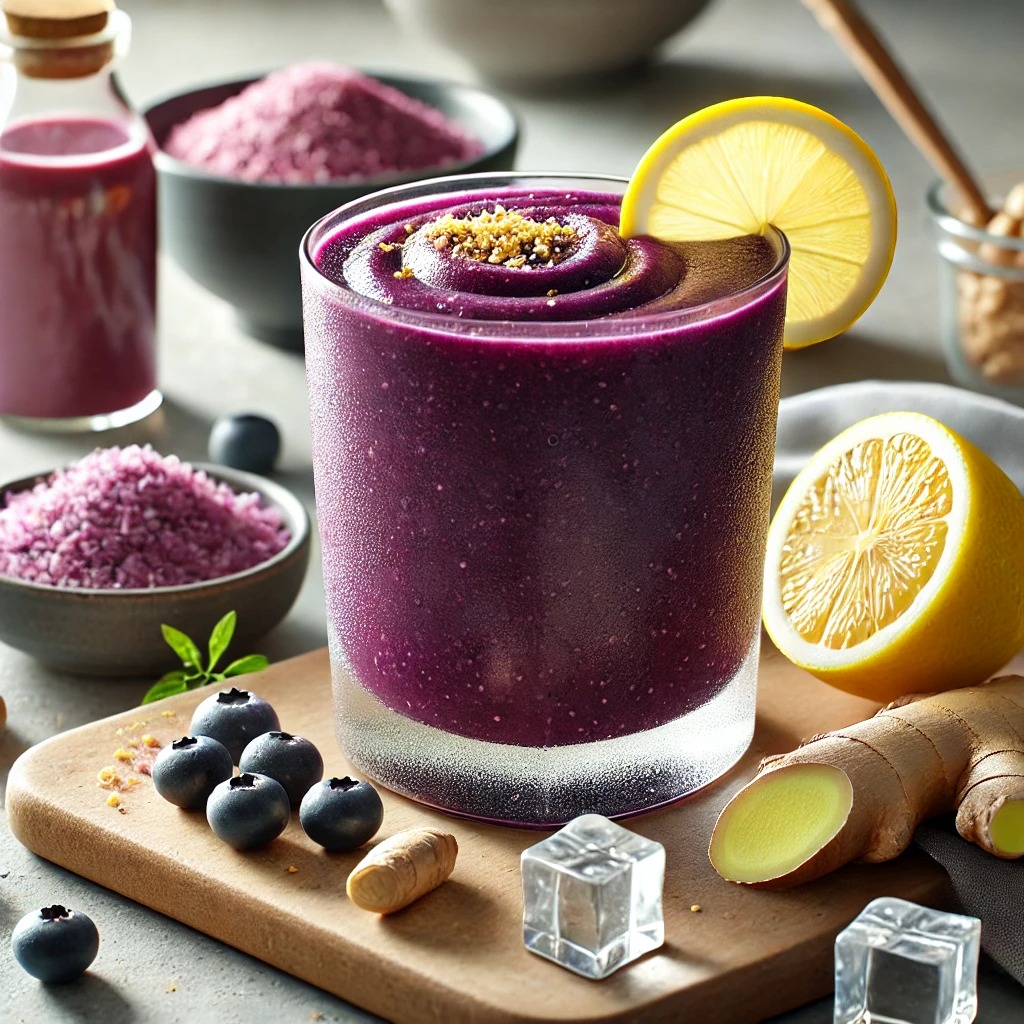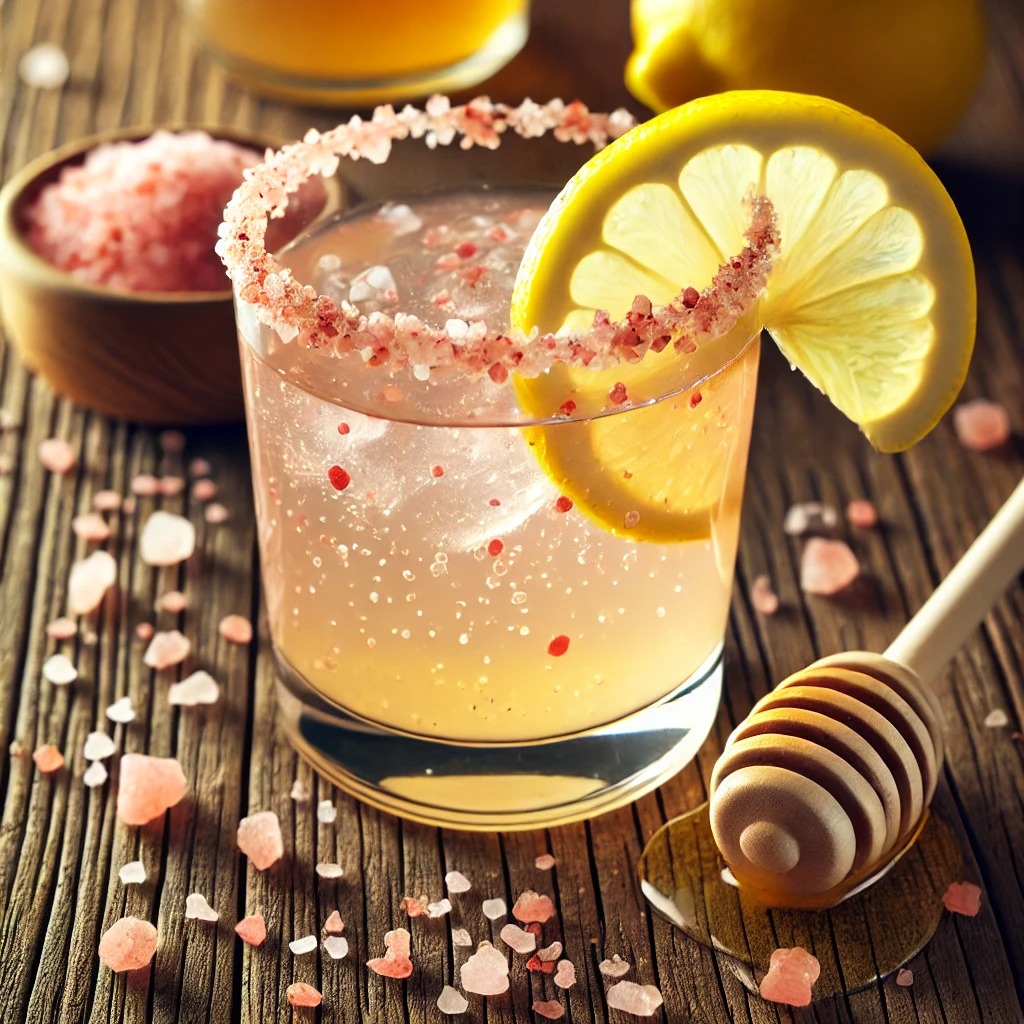Unlock the Secret of the Blue Salt Trick Recipe: A Guide to Flavorful Magic
Imagine transforming ordinary dishes into culinary masterpieces with a touch of vibrant color and an explosion of flavor. Sounds like magic, doesn’t it? Well, it might as well be! This guide delves into the captivating world of the blue salt trick recipe, revealing the secrets behind creating this visually stunning and taste-bud-tantalizing condiment. Whether you’re a seasoned chef or a curious home cook, prepare to elevate your cooking game with this easy-to-master technique.
This article aims to provide a comprehensive understanding of the blue salt trick, covering its origins, ingredients, preparation, and versatile applications. We’ll break down the process step-by-step, offering tips and tricks to ensure your blue salt is a resounding success.
What is the Blue Salt Trick? Unveiling the Culinary Illusion
The “blue salt trick” isn’t magic in the traditional sense, but its effect on both the visual and gustatory senses is certainly enchanting. It refers to a method of infusing salt with a vibrant blue hue, often achieved using a natural food coloring derived from butterfly pea flowers. This process not only adds a stunning visual element to your dishes but also subtly enhances the flavor profile. The blue salt trick is a fantastic way to:
- Elevate presentation: Transform even the simplest dishes into visually appealing creations.
- Add a subtle flavor dimension: The butterfly pea flower offers a delicate, earthy undertone that complements various cuisines.
- Impress your guests: This unique condiment is a guaranteed conversation starter.
- Experiment with culinary creativity: Unleash your inner chef and explore new flavor combinations.
Ingredients You’ll Need: The Foundation of Flavorful Blue
The beauty of the blue salt trick lies in its simplicity. You’ll only need a few key ingredients:
- Sea Salt or Kosher Salt: Choose a high-quality salt with a clean flavor profile. The coarser the salt, the more dramatic the visual effect.
- Dried Butterfly Pea Flowers: This is the secret ingredient! Available online or at specialty tea shops, these flowers impart the signature blue color.
- Optional: Water (Filtered or Distilled): Used to extract the color from the flowers.
Step-by-Step Guide: Mastering the Blue Salt Creation
Here’s a detailed guide to creating your own stunning blue salt:
Infusion Method (Recommended): This method offers the most vibrant color and minimal moisture.
- Infuse the Flowers: Place the dried butterfly pea flowers in a jar.
- Add Salt and Time: Add the salt to the jar, ensuring it covers the flowers. Seal the jar and let it sit in a cool, dark place for at least 24 hours, or up to a week, shaking occasionally. The salt will absorb the color from the flowers.
- Strain and Dry: Strain out the flowers, ensuring no flower pieces remain. Spread the blue salt on a baking sheet and let it air dry completely. Alternatively, you can dry it in a low-temperature oven (around 170°F/75°C) for a short period.
Water Extraction Method (Less Common, Can Lead to Clumping):
- Brew the Tea: Steep the butterfly pea flowers in hot (not boiling) water for about 5-10 minutes. Let it cool.
- Mix and Dry: Gradually add the blue tea to the salt, mixing well. Be careful not to add too much liquid at once.
- Dry Thoroughly: Spread the mixture on a baking sheet and allow it to dry completely. This can take several hours or even a day or two. Consider using a dehydrator for quicker results.
Tips and Tricks for Perfect Blue Salt
- Salt Choice Matters: Experiment with different types of salt to find your preferred texture and flavor. Fleur de sel or Maldon sea salt can create a beautiful finishing touch.
- Flower Quality: Use high-quality, dried butterfly pea flowers for the most vibrant color.
- Drying is Crucial: Ensure your blue salt is completely dry to prevent clumping and maintain its shelf life.
- Storage: Store your finished blue salt in an airtight container in a cool, dark place to preserve its color and flavor.
- Flavor Variations: Experiment with adding other herbs, spices, or citrus zest to your blue salt for a customized flavor profile.
Culinary Applications: Where to Sprinkle Your Magic
The versatility of blue salt makes it a valuable addition to any kitchen. Here are some inspiring ways to use it:
- Finishing Salt: Sprinkle on salads, grilled vegetables, seafood, and meat dishes for a pop of color and flavor.
- Rim for Cocktails: Add a touch of elegance to your cocktails by rimming the glasses with blue salt.
- Garnish for Desserts: Enhance the visual appeal of desserts like panna cotta, ice cream, and fruit tarts.
- Creative Cooking: Use it in homemade bread, pasta, or even infused oils for a unique twist.
Conclusion: Embrace the Blue and Elevate Your Culinary Journey
The blue salt trick recipe is more than just a culinary trend; it’s an invitation to explore creativity, enhance your cooking skills, and delight your senses. By following these simple steps and embracing the possibilities, you can transform ordinary meals into extraordinary experiences. So, gather your ingredients, unleash your inner chef, and prepare to embark on a flavorful adventure with the magic of blue salt!
FAQs: Your Burning Questions Answered
1. Can I use fresh butterfly pea flowers instead of dried?
While you can potentially use fresh flowers, the color extraction will be less potent and the moisture content will be significantly higher, potentially leading to clumping. Dried flowers are recommended for best results.
2. How long will my blue salt last?
Properly stored blue salt can last for several months, or even up to a year, if stored in an airtight container in a cool, dark place.
3. Is blue salt safe to eat?
Yes, blue salt is safe to eat. Butterfly pea flowers are a natural food coloring and are generally considered safe for consumption. However, always source your flowers from a reputable supplier.
4. What if my blue salt is clumping?
This usually indicates that the salt wasn’t dried completely. You can try drying it further in a low-temperature oven or using a dehydrator.
5. Can I adjust the intensity of the blue color?
Yes! The longer the salt sits with the butterfly pea flowers, the more intense the blue color. You can also adjust the ratio of flowers to salt to control the color vibrancy.




